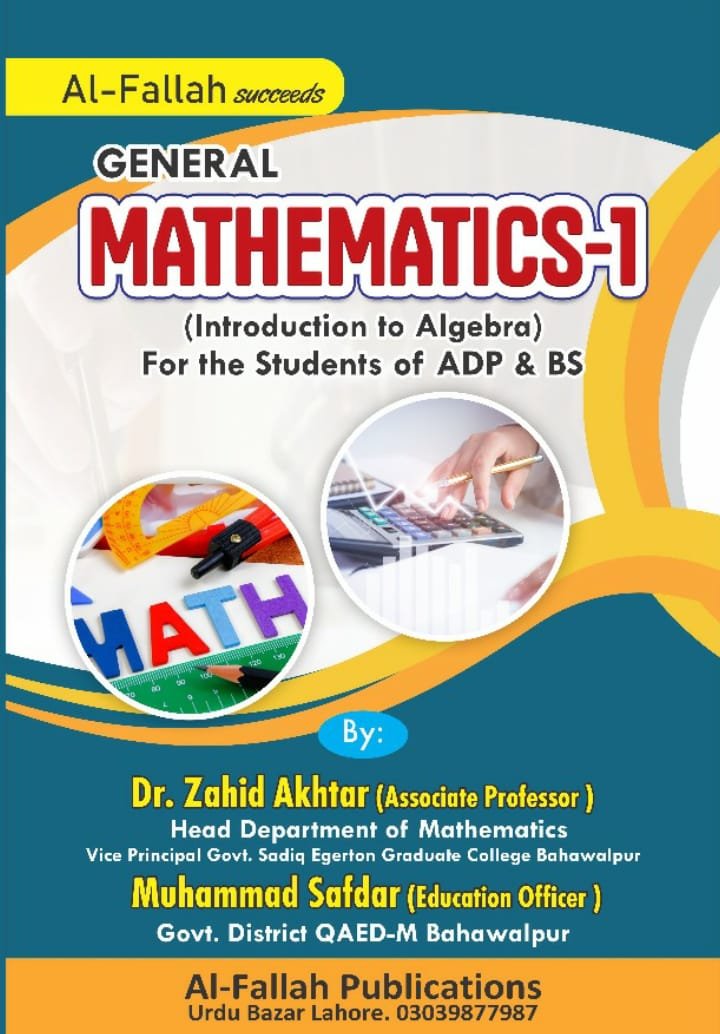
The importance of planning in the teaching of mathematics cannot be overstated. Planning serves as the roadmap for educators, guiding them in the systematic delivery of mathematical concepts and skills. Through careful planning, teachers align their lessons with curriculum objectives, ensuring comprehensive coverage of key topics. This organized approach enables the sequential introduction of concepts, building a logical progression that aids student comprehension. Moreover, planning facilitates differentiation, allowing teachers to tailor instruction to diverse learning styles and abilities.
It also incorporates assessments, both formative and summative, enabling educators to gauge student understanding and adjust teaching strategies accordingly. Effective planning integrates resources, technology, and real-world applications, fostering an enriched learning environment. Time management and adaptability are crucial aspects, allowing teachers to strike a balance between content coverage and meaningful engagement. Ultimately, planning is a reflective practice that empowers educators to continuously refine their instructional methods, enhancing the overall quality of mathematics education. Here are several key reasons why planning is important in the teaching of mathematics:
Read More: Making the Best Choice for Your Higher Education
1. Curriculum Alignment:
Curriculum alignment in mathematics is a fundamental aspect of effective education, ensuring that instructional goals and content are harmoniously integrated with established curriculum standards. By aligning with the curriculum, mathematics educators ensure that their teaching is in sync with overarching learning objectives, providing a clear and structured pathway for students to acquire essential mathematical knowledge and skills. This alignment serves as a cohesive framework that helps educators prioritize topics, sequence concepts logically, and maintain consistency across grade levels.
Moreover, curriculum alignment ensures that students receive a well-rounded and comprehensive mathematical education, preparing them to meet academic expectations and empowering them with a solid foundation for future learning. In essence, the careful alignment of mathematics instruction with the curriculum is pivotal for creating a coherent and purposeful educational experience that supports the holistic development of students’ mathematical proficiency.
2. Sequential Learning:
Differentiation in mathematics is a pedagogical approach that acknowledges and accommodates the diverse learning needs and abilities of students within the classroom. Recognizing that students have varying levels of readiness, interests, and learning styles, differentiation seeks to tailor instruction to meet these individual needs. In the context of mathematics, differentiation involves adjusting content, process, and product to provide appropriately challenging and accessible learning experiences for all students. This may include varying the complexity of problems, offering alternative methods of instruction, or providing additional support for those who require it.
By embracing differentiation, mathematics educators aim to create an inclusive and supportive learning environment where each student can engage with mathematical concepts at a level that suits their unique strengths and challenges. Ultimately, differentiation fosters a more equitable and effective learning experience, helping students build a solid foundation in mathematics while addressing their individual learning profiles.
4. Resource Utilization:
Resource utilization in mathematics education is a critical aspect that involves the effective deployment of various tools, materials, and technologies to enhance the learning experience. Mathematics teachers strategically employ resources to support the delivery of content, engage students, and reinforce understanding. These resources may include textbooks, manipulatives, visual aids, technology applications, and supplementary materials. By thoughtfully integrating these resources into lessons, educators can create dynamic and interactive learning environments.
Textbooks provide structured content, manipulatives offer tangible representations of abstract concepts, and technology brings interactive simulations and real-world applications into the classroom. Resource utilization not only caters to diverse learning styles but also ensures that students have access to the necessary tools for exploration and practice. Moreover, it contributes to a more enriched and stimulating mathematical learning atmosphere, fostering a deeper understanding of mathematical concepts and their practical applications.
Read More: Education in the United States: Are We Failing Our Children?
5. Assessment Integration:
Planning involves the consideration of assessments that measure students’ understanding and progress. Teachers can strategically incorporate formative and summative assessments into their lessons, allowing them to monitor student learning, identify misconceptions, and adjust instruction accordingly.
5. Technology Integration:
With the increasing role of technology in education, planning helps teachers integrate relevant technological tools and resources into their mathematics lessons. This enhances students’ engagement, provides additional learning opportunities, and prepares them for the digital demands of the 21st century.
6. Real-world Connections:
Planning facilitates the incorporation of real-world applications of mathematics into lessons. Connecting mathematical concepts to practical, everyday situations helps students see the relevance and importance of what they are learning, fostering a deeper understanding and appreciation for the subject.
7. Time Management:
Mathematics classes are often bound by time constraints. Planning allows teachers to allocate time effectively, ensuring that they cover essential content without rushing or leaving gaps in students’ understanding. This also helps maintain a balance between conceptual understanding, skill development, and practice.
8. Adaptability:
While planning is essential, it also allows for flexibility. Teachers can adjust their plans based on formative assessment data, student feedback, and unexpected developments in the classroom. This adaptability is crucial for addressing the evolving needs of students.
9. Reflective Practice:
Planning is an opportunity for teachers to engage in reflective practice. By evaluating the effectiveness of past lessons, considering student performance, and seeking professional development, teachers can refine their instructional strategies and continually improve the quality of mathematics education they provide.
In conclusion, effective planning is a cornerstone of successful mathematics teaching. It empowers educators to create a purposeful, engaging, and student-centered learning environment that promotes mathematical understanding and prepares students for future academic and real-world challenges.











